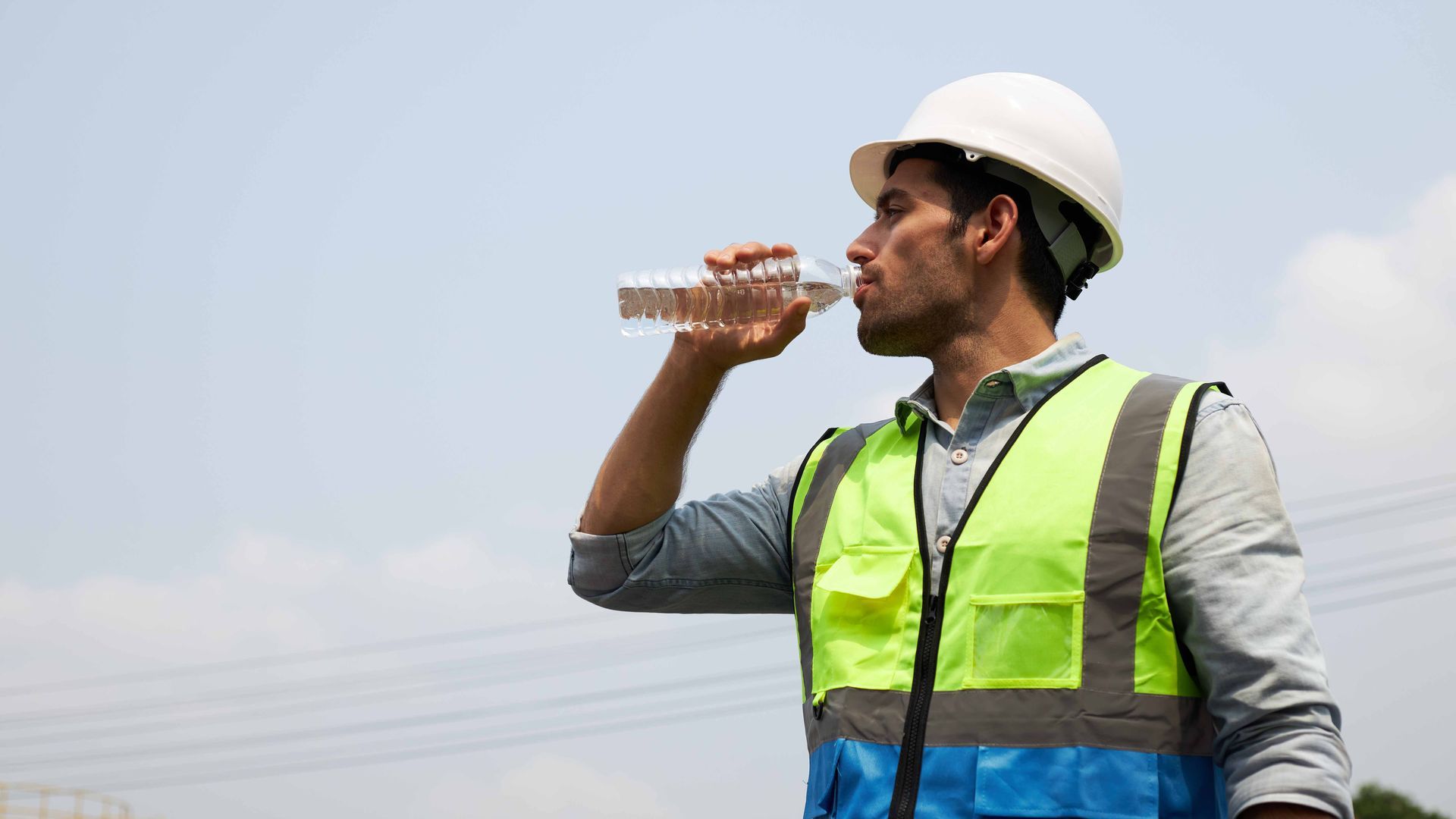If you stand in an outdoor public space and look up, chances are you’ll see them – drones buzzing around overhead, flown gleefully by amateur tech enthusiasts. However, drones are more than just a hobby, they have the potential to play a central role in Australian industry and transform the way jobs are performed. How can unmanned aerial vehicles (UAVs) help shape the future of these sectors?
Drone 3D mapping technology can provide a number of time, cost and safety advantages.
Drones: The way of the future?
From surveying, to 3D maps, to transporting loads, drones provide an array of possibilities that provide new ways to approach previously difficult tasks. Engineering researchers at the University of New South Wales (UNSW), in partnership with Linke & Linke surveys, are exploring some of these applications, and have developed an autonomous drone that uses 3D mapping to obtain accurate data about a variety of terrains.
“You can take a drone and fly it where you can’t send a human surveyor, and easily bring it back,” explained Linke & Linke Surveys Director, James Linke. “This is especially in situations like disaster relief, where there’s a need for real-time data capture.”
“[The UAV] allows you to present data to the engineering team so that they can plan resources. Engineering is moving now towards real-time reporting. Information that’s two days or two weeks old is not as valuable or useful.”
The prototype is set to deliver extensive time and costs savings, not to mention safety in situations that would be hazardous for human beings.
“The cost savings would be in the region of 3,000 per cent, compared with a job being done by one person,” said Mr Linke.
UAVs set to transform mining and construction in Australia
Innovations such as these can be applied to a range of vital industries across Australia, including mining and building.
“This technology is going to dramatically change the way construction is done in Australia,” Mr Linke argued.
For instance, UAVs can rapidly produce accurate measurements using cloud point maps that would have previously taken days to obtain. Meanwhile in the mining sector, drones are facilitating new ways to manage safety in open-cast coal mines.
“[With the UAV] we can map out the high wall, do some analysis and figure out the risk of collapse,” said UNSW School of Civil and Environmental Engineering lecturer Dr. Johnson Xuesong Shen.
With drones likely to be pivotal in building Australia’s future, it’s important that workers in construction, mining and beyond stay on top of these innovations and are ready to adapt their expertise.
To learn more about the services we provide in the engineering, building and mining spaces, check out the Bayside Personnel site
here.
Job Search
Job Application Tools
Latest Information
Workplace Relations
Powered with 💙 by
Shazamme © Copyright 2022 Bayside Group



